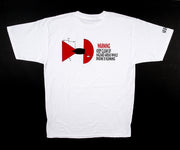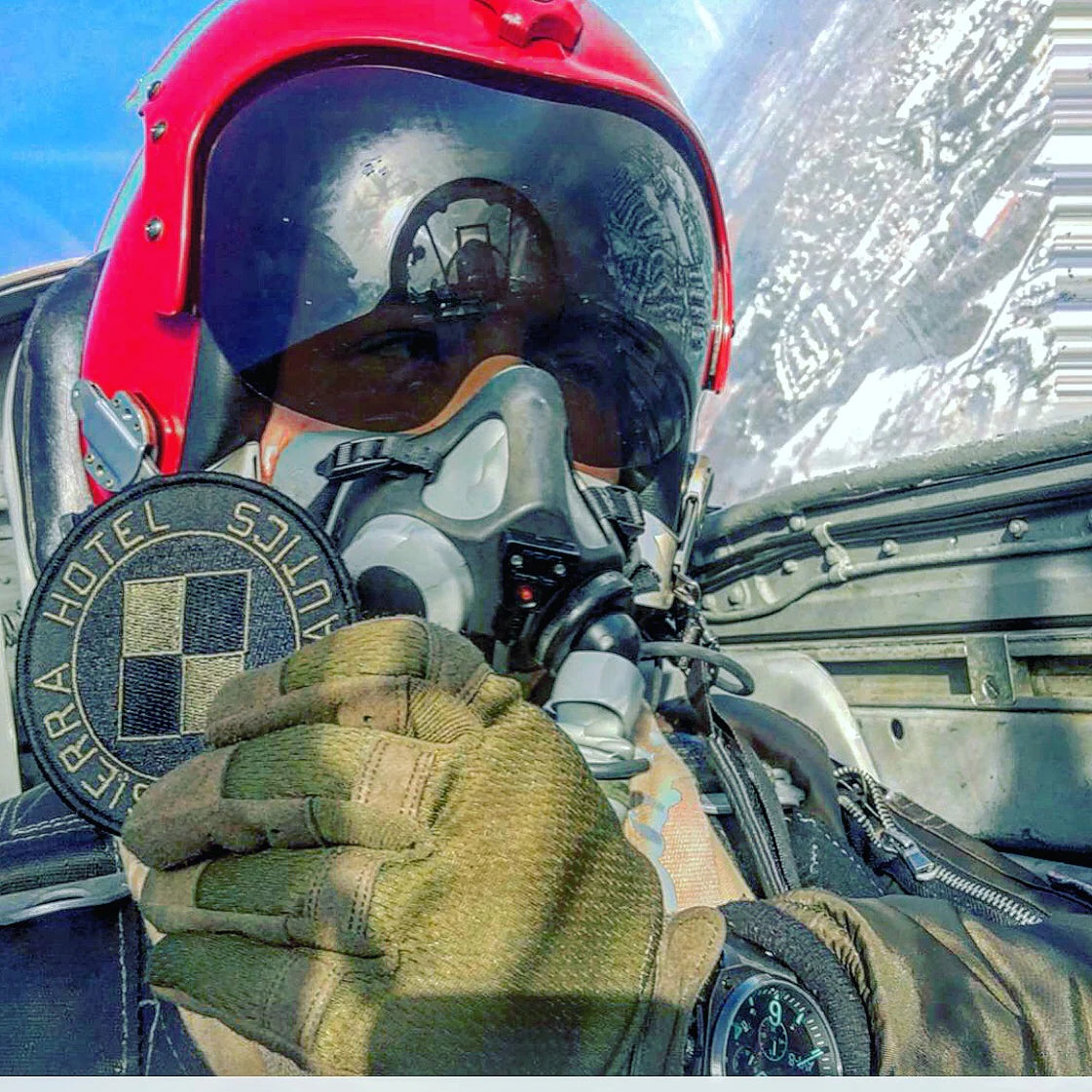Jet Blast T Shirt
Almost every commercial jet operating manual has one--a single page with the matter-of-fact title, "Jet Blast Data." On this page is a diagram of the aircraft's jet blast "damage profile," as measured from the tail and with engines at low RPM settings (usually 35 to 40 percent N1). This profile extends in line from the outboard wing-mounted engines to more than 200 feet behind some larger aircraft. Within this area, jet engines can generate hurricane-level exhaust forces approaching 100 knots.
The potentially dire results? Before a crew can say "powerback," jet engine blast can up-root trees, flatten building structures, shatter windows, lift and propel heavy objects, weathercock braked airplanes, blow over lift trucks, shift unbraked baggage carts, and create other havoc on airport ramps, taxiways, and runways.
Although the diagrams don't say so, jet blast can also injure or kill crew and passengers who happen to cross its path.
The fact that few serious jet blast incidents and accidents occur during millions of ground operations annually is a tribute to the training and professionalism of air carrier flight and ground crews, and to the continual care they exercise in ground operations. When we looked at ASRS data, we found that ground jet blast incidents (fifty-one reports) represented only a tiny fraction of the total incidents reported. Yet even this small number of jet blast reports contained some surprises:
Almost half of the jet blast incidents reported to ASRS occurred on taxiways, in run-up areas, and adjacent to or on runways--all relatively uncongested airport areas. The other half occurred on ramps, where many more such incidents might be expected because of close aircraft parking and tight maneuvering conditions;
Incidents of jet blast damage that occurred on ramps were invariably associated with sharp turns of the aircraft during an engines-on pushback, powerback, taxi-out, or taxi into a gate. Use of a tug or tractor did not prevent such incidents if the aircraft was turned sharply during the pushback or taxi-in maneuver;
Eighty-five percent of the damage inflicted by jet blast was to the wings, props, flaps, and rudders of other aircraft, especially to light aircraft weighing five-thousand pounds or less. Eleven percent of the damage incidents involved building structures, objects, or vehicles. Injuries to people accounted for four percent of the jet blast damage total.
The Jet Blast T-shirt from the world's finest collection of Flight Jackets, Aviator Sunglasses, Vintage Aviation T-shirts, Aviator Watches, and historically accurate, all-weather, waterproof, military aviation decals, airline logos, squadron decals, morale decals, airplane stickers and military aircraft markings. Presenting the Sierra Hotel Aeronautics Pilot Shop, Aviation Collectables and Pilot Supply Co..




